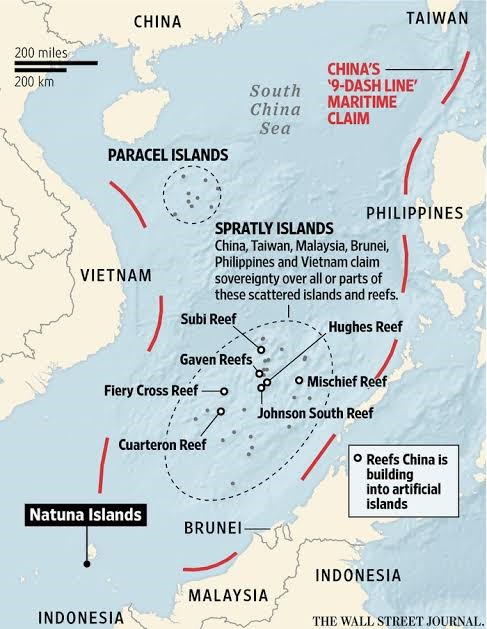Domestication of Chicken
- A recent study by scientists has revealed new details about the earliest domestication of chicken.
- The DNA sequencing of 863 genomes has showed the first domestication of chicken occurred in south-western China, northern Thailand and Myanmar.
- According to Charles Darwin, chickens were domesticated around 4,000 B.C. from a single ancestor, Red Jungle Fowl in the Indus Valley.
- The recent study involved sequencing of genomes from all four species of the genus Gallus, five sub-species of Red Jungle Fowl and various domestic chicken breeds collected worldwide.
- It revealed single domestication from Red Jungle Fowl sub-species Gallus gallus spadiceus.
- It contradicted the earlier claim that chickens were domesticated in northern China and the Indus Valley.
Covid-19 and Type-1 Diabetes
- Recent findings highlights the evidence that novel coronavirus might actually be triggering diabetes in some people who have so far remained free of it.
- These patients typically develop type-1 diabetes, the virus seems to be causing diabetes spontaneously in people.
- Type-1 diabetes is caused when the body’s immune system begins to attack and destroy the beta cells, which produce the hormone insulin in the pancreas.
- With the destruction of beta cells, the amount of insulin produced is reduced, and hence, the ability of the body to control blood sugar is compromised leading to type-1 diabetes.
- The 2002 SARS coronavirus, too, caused acute-onset diabetes in patients.
Type -2 Diabetes
- Type II diabetes arises when body develops insulin resistance.
- Insulin is produced by the pancreas and is necessary for getting glucose from the bloodstream to cells to be used for energy.
- With type II diabetes, cells do not respond as they should to the insulin, and the pancreas becomes less and less able to keep up.
- When the insulin does not take glucose from the blood to cells, blood sugar levels rise.
Last Glacial Maximum
- About 19,000-21,000 years ago, ice-sheets covered North America and Eurasia, and sea-levels were much lower, with Adam’s Bridge exposed so that the Indian subcontinent and Sri Lanka were contiguous.
- This period, the peak of ice age conditions, is called the Last Glacial Maximum.
- Global sea-level is rising and glacial ice is melting today, whereas the opposite was true for the Last Glacial Maximum.
- Researchers analysed simulations of this past climate and predicted that the ongoing climate change could reawaken an ancient climate pattern of the Indian Ocean.
- They find that this could be similar to the El Nino phenomenon of the Pacific Ocean bringing more frequent and devastating floods and drought to several densely-populated countries around the Indian Ocean region.
- If current warming trends continue, this new Indian Ocean El Nino could emerge as early as 2050.
- It could bring more frequent droughts to East Africa and southern India and increased rainfall over Indonesia.
Foraminifera
- By studying microscopic zooplankton called foraminifera, the team had published a paper in 2019 which first found evidence from the past of an Indian Ocean El Niño.
- Foraminifera build a calcium carbonate shell, and studying these can tell us about the properties of the water in which they lived.
- The team measured multiple individual shells of foraminifera from ocean sediment cores and was able to reconstruct the sea surface temperature conditions of the past.
Assertions on South China Sea
- South China Sea issue is a dispute over territory and sovereignty over ocean areas, and the Paracels and the Spratlys – two island chains claimed in whole or in part by a number of countries.
- Alongside the fully fledged islands, there are dozens of rocky outcrops, atolls, sandbanks and reefs, such as the Scarborough Shoal (claimed by Philippines).
- In recent times China has been pushing its presence in the Exclusive Economic Zones of other countries in South China Sea.
- Beijing unilaterally declared the creation of new administrative districts on islands in the troubled waterways to which Vietnam and the Philippines also have competing claims.
- Besides, the often mentioned Nine-Dash line that China uses as a basis for its claims in the waters is once again at odds with Indonesia’s claim that the line lacks an international legal basis.

Source: Indian Express, the Hindu
